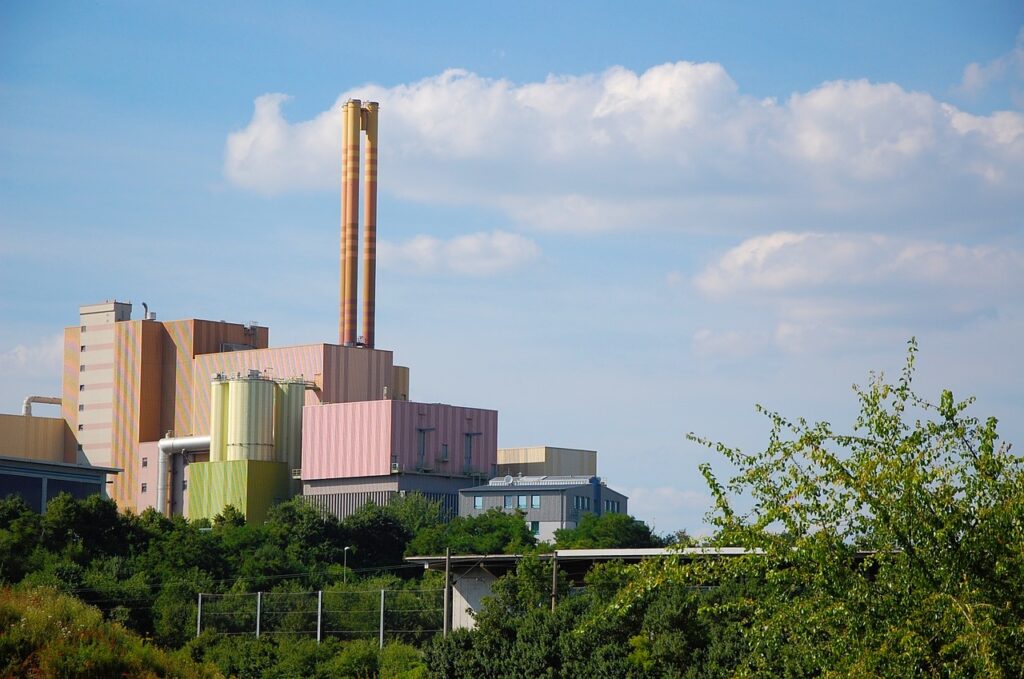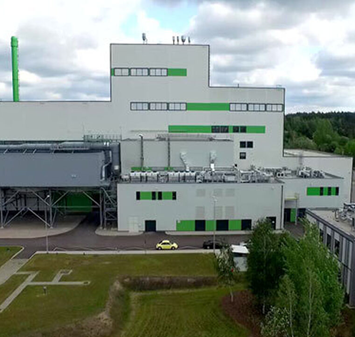The limits of biomonitoring in assessing Waste-to-Energy emissions
Recent biomonitoring studies by anti-incineration groups fail to show a direct correlation between WtE plants and dioxin emissions, often concluding that more data is needed to establish any links.

European Waste-to-Energy (WtE) plants exhibit very low emissions and minimal impact on their surroundings, as they are among the most strictly regulated industrial sectors in the European Union.
Recent biomonitoring studies by anti-incineration groups fail to show a direct correlation between WtE plants and dioxin emissions, often concluding that more data is needed to establish any link. Data assessments and long-term monitoring indicate that dioxin emissions from WtE plants account for less than 0.2% of total industrial emissions, thanks to stringent regulations and sophisticated pollution control systems. These findings highlight that well-managed EU WtE plants emit extremely low concentrations of dioxins and furans, often below detection limits.
Biomonitoring research, which involves analysing biological samples to detect the presence of pollutants, has often been employed to detect pollution levels in the surroundings of WtE plants. However, the limitations inherent to this method cast serious doubts about effectiveness, raising questions about biomonitoring research’s reliability, accuracy and overall conclusions.
Limitations of Biomonitoring Reports
- Inconclusive Evidence
Biomonitoring reports often fail to establish a direct link between observed pollution and emissions from WtE plants. For example, a 2021 report on Lithuania’s Kaunas incinerator determines that “more data is neefreeded to draw any conclusions about a link between the results of this biomonitoring study and the emissions from the waste incinerator.”
Similarly, a 2021 report on Spain’s Valdemingómez plant near Madrid fails to establish a direct relation to the emissions from a waste incinerator. These admissions prove that the biomonitoring methodology has clear shortcomings and cannot yield conclusive results – yet biomonitoring is knowingly employed in an effort to gather damaging evidence against WtE plants.
- Methodological Flaws
Biomonitoring often relies on samples such as eggs, mosses, and pine needles. However, pollution levels detected this way are likely to originate from a variety of environmental factors rather than solely from WtE plants.
For example, a study by France’s Environment Ministry acknowledges that eggs can potentially show contamination from multiple industrial and domestic activities. This broad potential for contamination from various sources complicates the attribution of pollution to a specific emitter, making biomonitoring an unreliable method for isolating the impact of WtE plants.
- Lack of Comprehensive Analysis
Many biomonitoring studies lack the necessary depth and breadth of analysis to make conclusive claims. For example, the methodology used in reports on WtE emissions often does not account for historical pollution or other contributing factors. This omission leads to a skewed perspective that unfairly implicates WtE plants without considering the full environmental context.
Reliability of Public Authorities’ Reports
Public authorities, equipped with continuous emissions monitoring systems, provide a more reliable and transparent account of WtE plant emissions. For example, the Czech Hydrometeorological Institute’s monthly updated analysis shows compliance with emissions limits, contradicting the claims made by biomonitoring reports. Similarly, a 2021 analysis on a plant in Lithuania demonstrated that emitted levels of PCDD/Fs were significantly below the EU thresholds.
Misleading Communication and Public Perception
The use of sensationalist titles and headlines in biomonitoring reports can mislead decision-makers and the public. Terms like “toxic fallout” create a narrative that does not always align with the scientific findings within the reports. This discrepancy is evident in the repeated failure of these reports to conclusively link WtE plants to observed pollution, despite the provocative language used in their presentation.
While biomonitoring can provide valuable data, its current application in assessing WtE emissions is fraught with limitations and methodological issues that undermine its conclusiveness and reliability. Public authorities’ continuous monitoring systems offer a more accurate and transparent assessment of emissions. Thus, it is crucial for stakeholders to critically evaluate the methods and findings presented in biomonitoring reports and not to be swayed by misleading headlines. A balanced and scientifically robust approach is essential for making informed decisions about waste management and energy production.
By recognising the inherent flaws in biomonitoring and relying on comprehensive and continuous monitoring data, policymakers can better understand the true impact of WtE plants and make decisions that reflect the actual environmental and public health risks involved.


